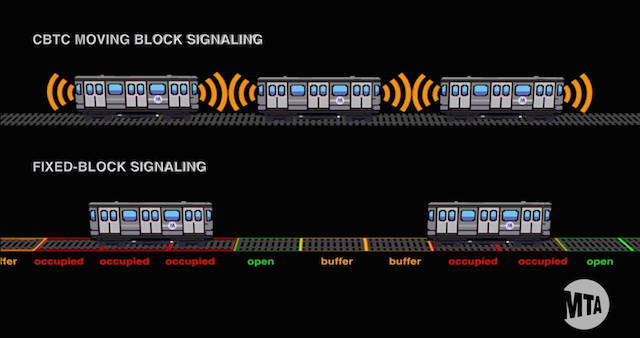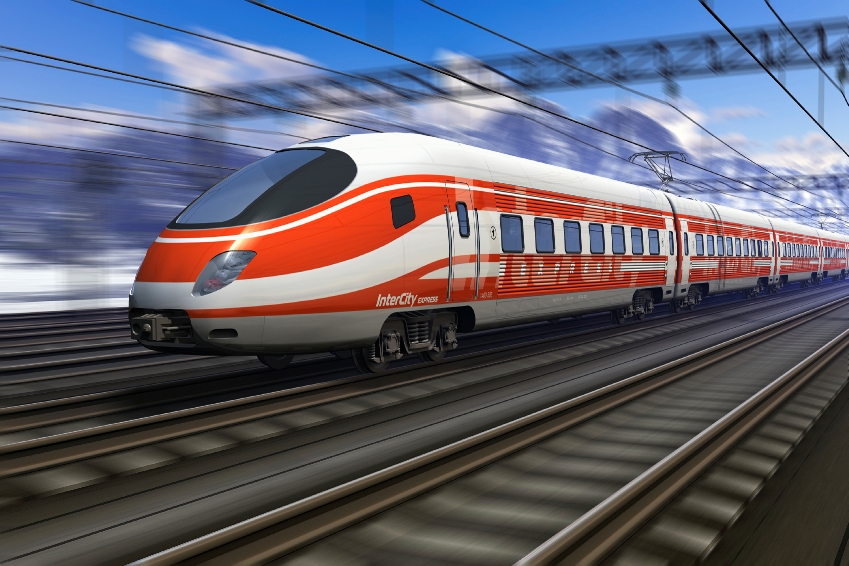The DAS (Driver Advisory System) allows the exchange of information between the railway system and the human operator (the driver), with the purpose of optimizing the driving of the train and:
- Achieve energy saving (regulating the speed profile, avoiding unnecessary braking and running at reduced speed whilst maintaining on-time arrival)
- Improve performance (increased railway capacity)
- Reduce driver’s training (drivers are currently assessed on their knowledge of routes they will operate trains over. The DAS reduces the basic driver training period by between 3 and 6 months).
The driver advisory system is composed by:
- Control Centre subsystem (It evaluates timetable and routing strategy for the running trains, and sends -statically or dynamically- the data to the On-Board subsystem).
- On-Board subsystem (On the basis of the data received from the Control Centre subsystem, it calculates an energy efficient speed profile to achieve the train timings, and generates detailed driver advice to follow the profile and achieve the timings. The human operator needs to process the information received, and produce instructions or control actions).
The existing DAS systems can be classified into three main categories:
- Standalone DAS (S-DAS) has all data downloaded to train at or prior to journey start. It realizes a static exchange of information)
- Networked DAS (N-DAS) is capable of communicating with one or more RU control centres, thus enabling provision of data to the train, including updates for schedule or routing information, though these are generally not in near real time.
- Connected DAS (C-DAS) realizes a communications link to the Control Centre (or Traffic Management Centre) in each controlled area in which the train operates. This enables the provision of schedule, routing and speed restriction updates to trains in near real time, and also receipt of information from trains to the IM control centre to improve regulation decisions. It aims to optimise the traffic flow of the railways as a whole by dynamic re-planning of the timetable to avoid conflicts.
The on-train system calculates an energy efficient speed profile to achieve the pre-planned or dynamically updated train timings, and generates detailed driver advice to follow the profile and achieve the timings. The control centre is responsible for conflict detection and calculation of new target train timings. This is the scheme of a C-DAS with feedback.
DAS systems are already in operation in England (Thameslink), but research projects are in place to improve its functionalities and to realize a fully specified interface with the Traffic Management System.
For further information about C-DAS, please refer to the Network Rail Operational Concept available here.
Did you like this post? Would you like to be informed about the last railway signalling technical and commercial news? Join us on LinkedIn and stay updated!
railwaysignalling.eu | walk the rail talk








There has never been such a concerted attack on traditional Train Drivers skills as is taking place now. I’m an ex Driver that relied on the skills that I was taught by older skilled drivers and polished up at the training schools. This system like others is being grasped by train operating companies as another way to rush Drivers through their training. You end up with operatives that are known through the industry as ‘Boil in the bag drivers’ There isn’t a substitute for experience. There will be a price to pay for undermining the grade of Driver but the people that run the railways now don’t understand why that could be a problem because they don’t want to. It’s simple. They don’t have railways in their blood. They’re ‘Boil in the bag’ managers.